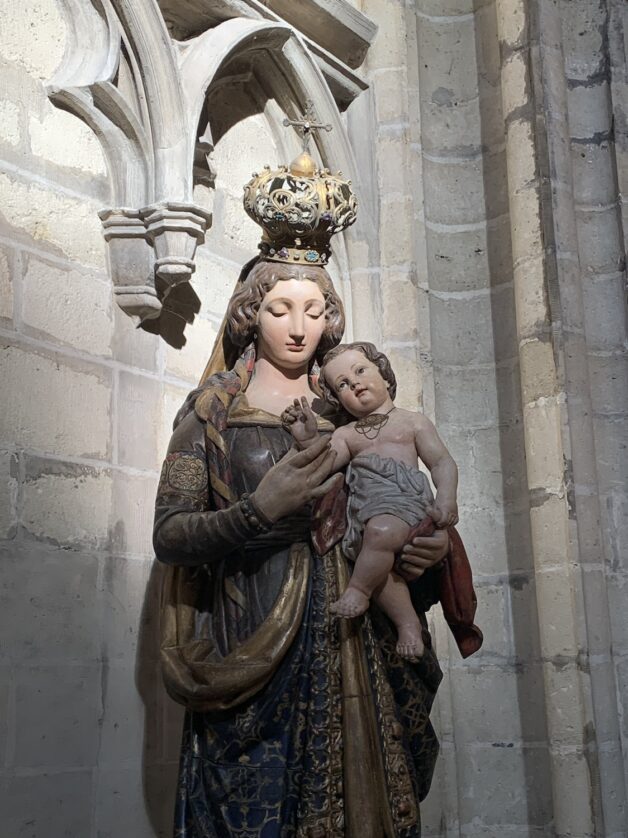
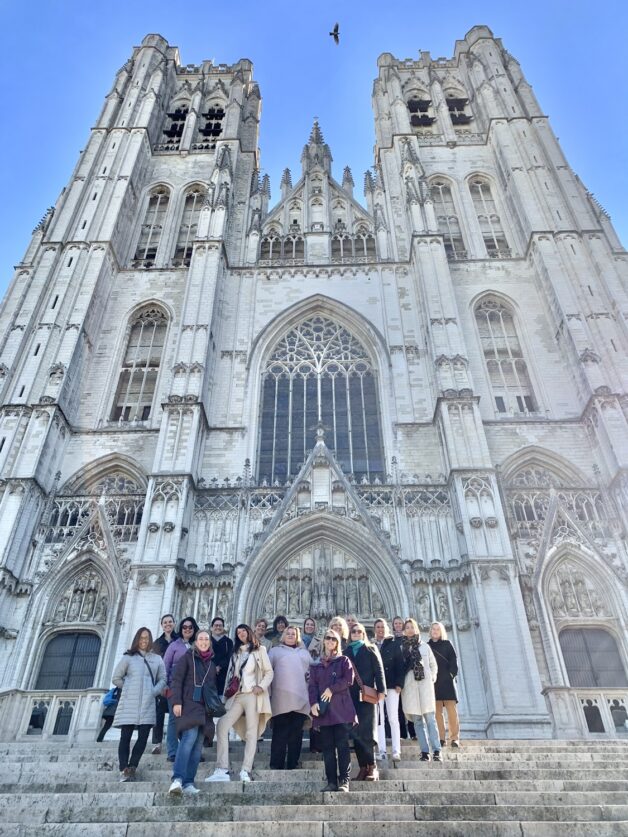
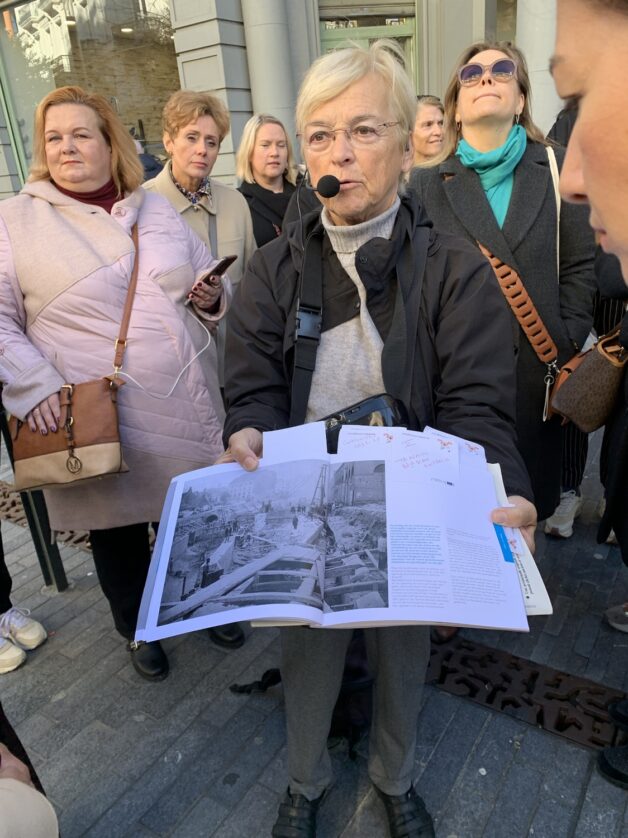
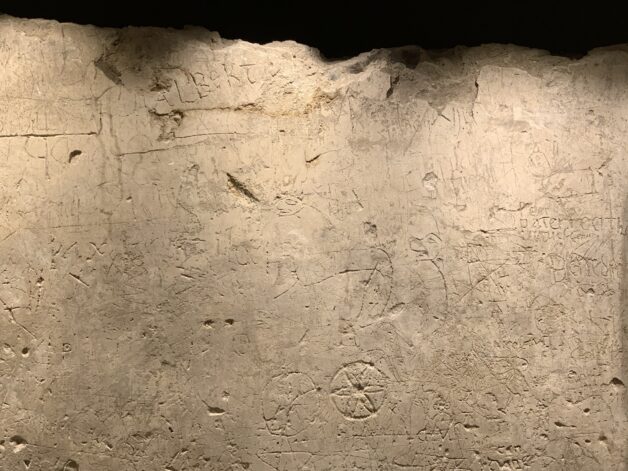
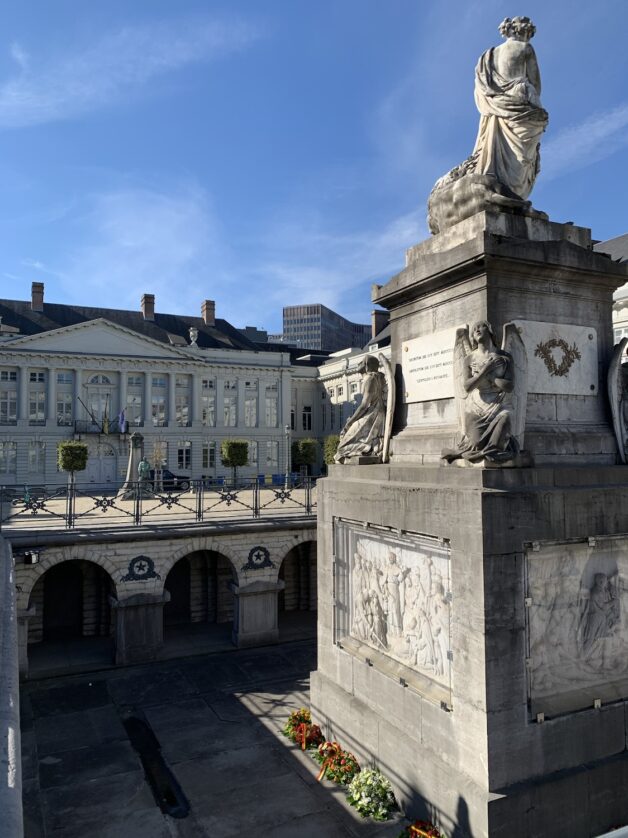
Architecture tells the story of the city without words, in a language of columns, rooftops, stone and steel. With Andree Jacquet again as our guide, the walls of the city came alive, speaking to us, revealing secrets from centuries past, pulling us deeper within the comings and goings of the city that brings us all together for this moment in time.
A couple dozen members of the NATO International Club began the Architecture Walk on a sunny early autumn morning in the Saint Michael and Gudula Cathedral, where over 1,000 years of history begins underground and layers up through time. The pre-romanesque crypt dates to 980, a place where pilgrims came to leave their names–or, in the case of the many who couldn’t write, a personal symbol.
“The beginning of our history is here,” Jacquet said.
The pre-romanesque church was razed to build a romanesque church in the 12th Century, and again build the current Gothic style cathedral in the 14th Century. At times, the people of Brussels rallied to the church during attacks on the city–the walls doubled as a fortress.
A rainbow of stained glass windows dating to 1537 continues the story of the ruling families of Brussels and Europe. The vibrant blue glass gets its luminosity from crushed lapis lazuli imported from Afghanistan. The windows were painstakingly taken down, square by square, and hidden during both world wars. Today they’re quite literally a window to the past, depicting different members of the Hapsburg family.
“In those six windows you have the history of Europe!” Jacquet said. “Look how the light goes through the glass. It’s quite exceptional.”
From the cathedral, we found our way to the Comic Strip Museum, a light-filled example of Art Nouveau designed to house a textile factory.
“For that work, you need a lot of space, and a lot of light; perfect for art nouveau!” Jacquet said.
After the First World War, people no longer had time or money for art nouveau’s fanciful designs, and people turned instead to Art Deco, as evidenced in Brussels’ Basilica of the Holy Heart. Then the symmetry of Martyrs Place nearby shows a neoclassical side of Brussels in the 18th Century, when it was ruled by Austria.
A couple blocks further is the stunning Passage du Nord. Statues represent the industries of the 1800s: industries, commerce, navigation—it was a way of celebrating itself when Belgium was a wealthy country, an early adopter of the industrial revolution. During this busy time, Belgium gained its independence, decided it didn’t need the Senne River stinking up the city, and made a new luxury boulevard.
Architects were invited to compete for prizes by creating stunning facades in the new area, and many winners of the contest can be seen today around the north end of Place De Brouckere: a mix of neoclassical and neo-baroque in the first prize-winning House of Cats, completed in 1872; Parisian-style balconies, graceful statues, exceptional shapes to fit in awkwardly shaped lots And in 13th place, Hotel Metropole: the first hotel to have electricity and an elevator showcased its technological advances with a statue of a woman with a torch on top. Continuing to walk around the neighborhood, an old underwear shop now housing a Japanese restaurant still displays colorful ceramic tiles advertising its ancient wares several floors above street level. Nearby Falstaff restaurant is another example of graceful art nouveau.
The most surprising part of the walk was quite literally hidden at the end. The architect who designed the King of Spain house on the Grand Place designed an Italian baroque facade of La Bellone, now used as a theater and event space a few blocks away, completely surrounded by more modern buildings and even glassed in to protect it from the elements. Completed in 1697, it’s dedicated to a battle against the Ottoman Empire in modern Servia. A stone pelican feeding her young symbolizes sacrifice, lions prowl, John the Young measures the globe while John the Old meditates on a book he’s reading.
“It’s like a treasure,” Jacquet said, “a bit hidden away.”
The stories of the old city, like hidden jewels, reveal their treasures, one sparkling facet at a time, to those willing to walk through the old streets, to traverse hidden alleyways—As long as they know where to look!
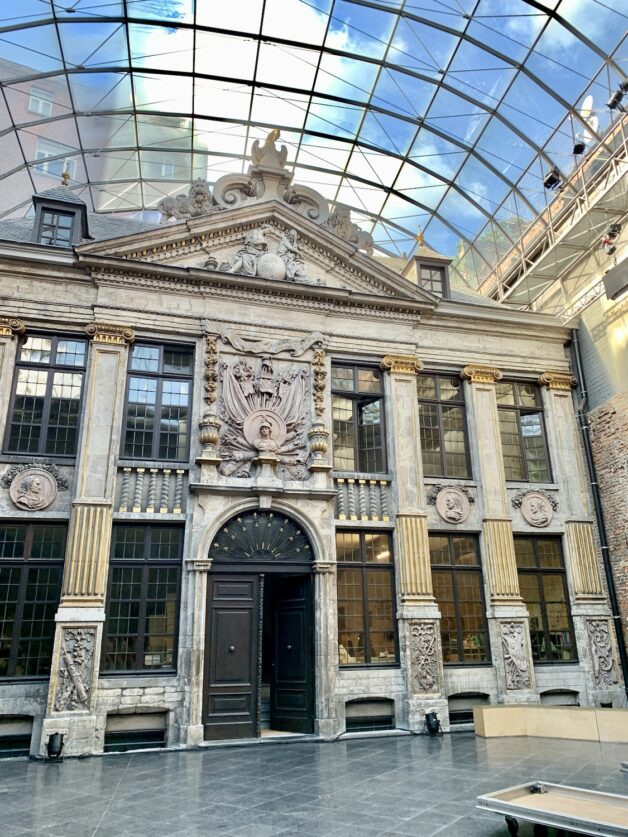
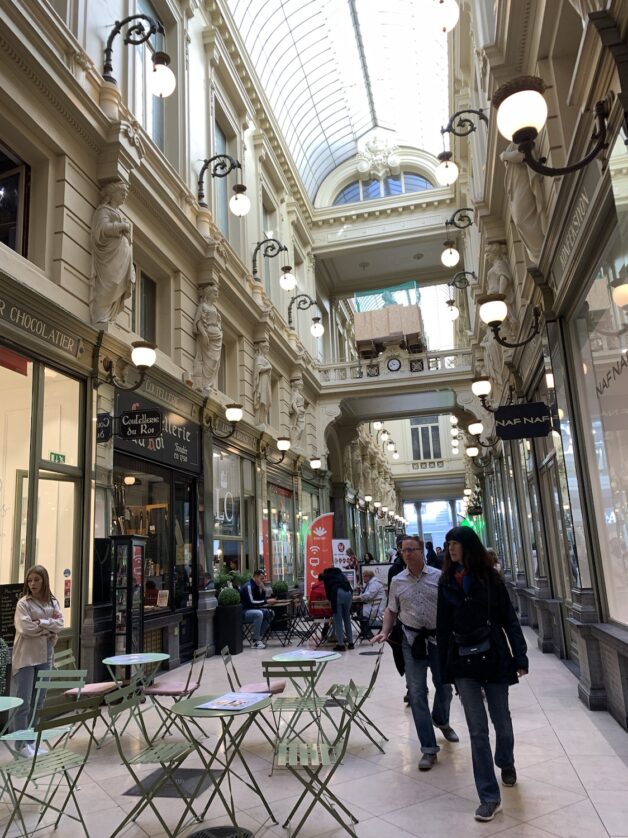
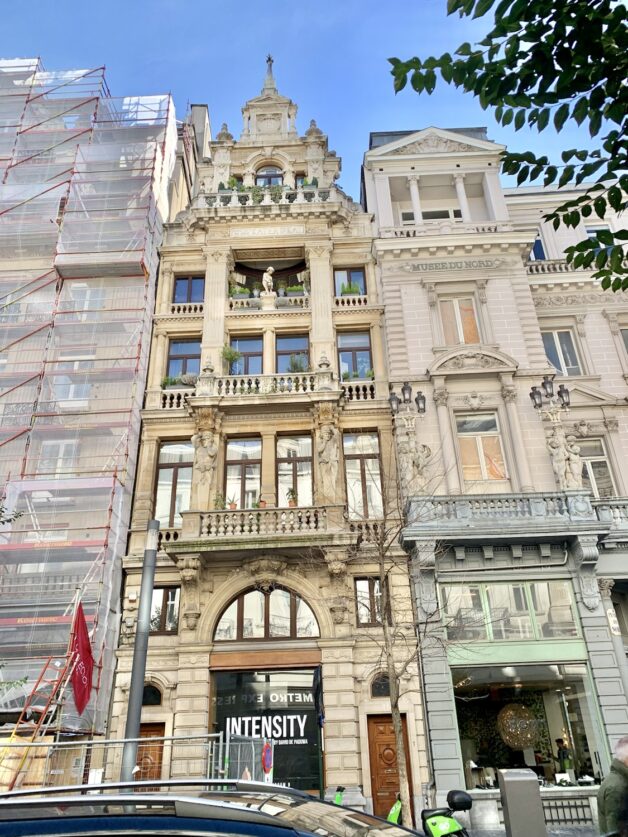
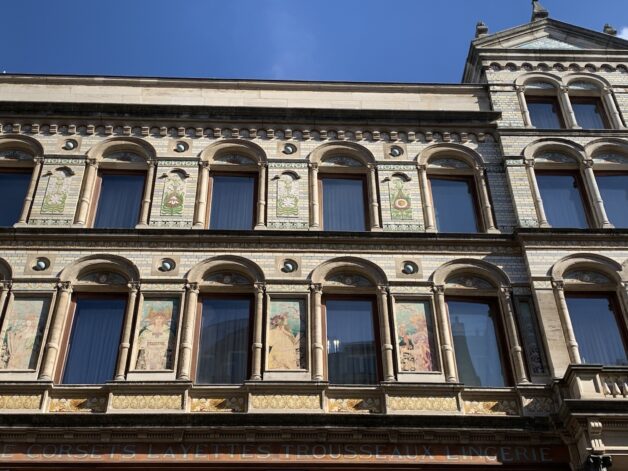
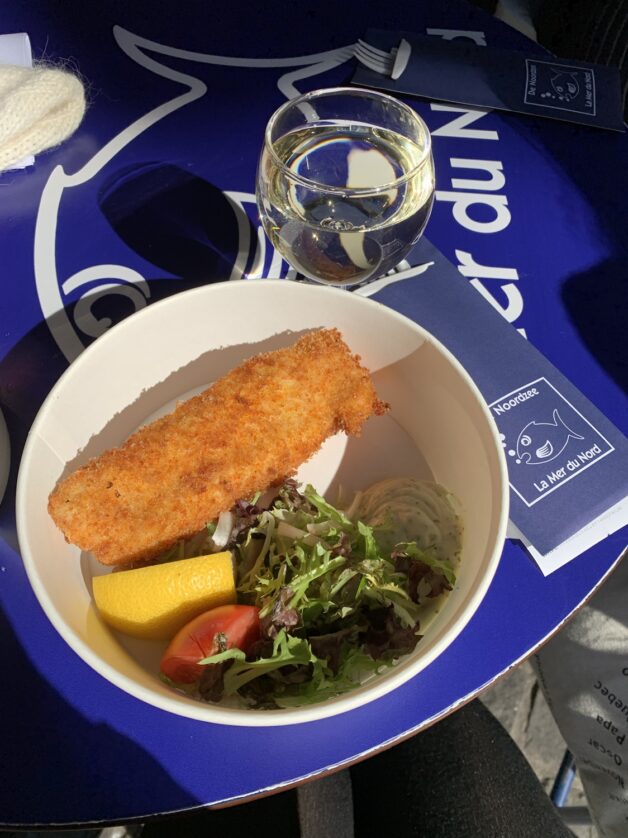
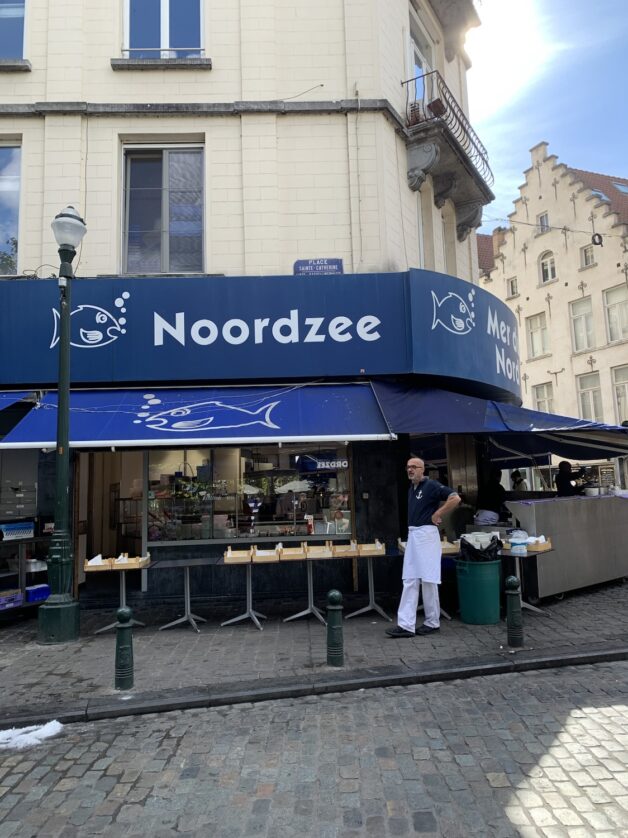
My latest for the November 2022 NATO International Club newsletter
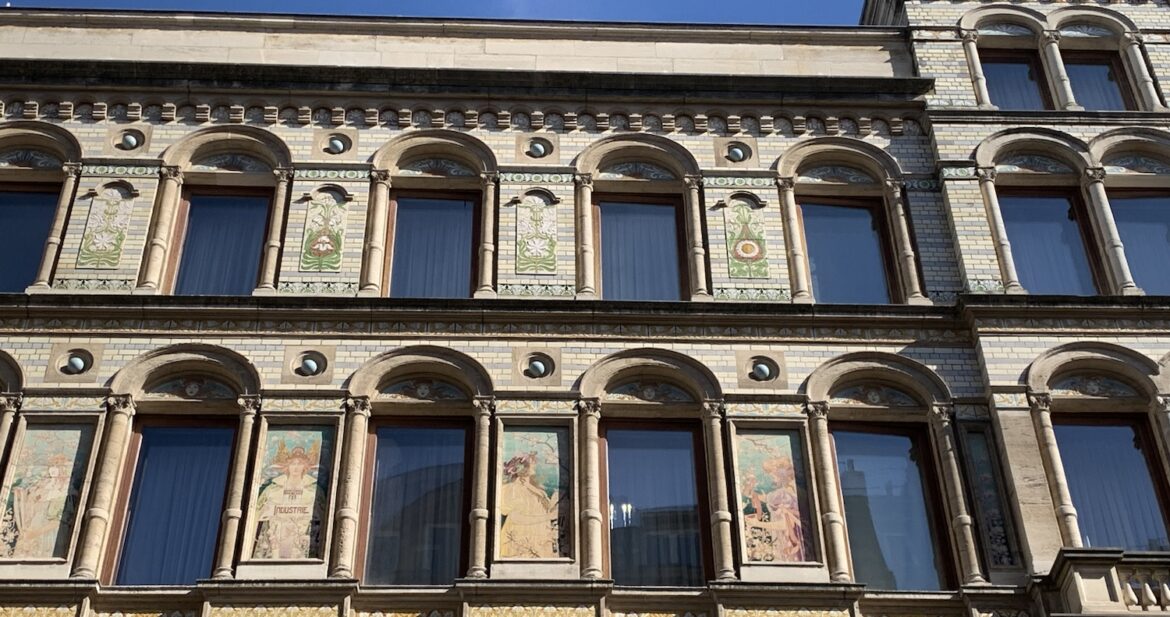
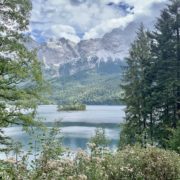 We Saw Eibsee
We Saw Eibsee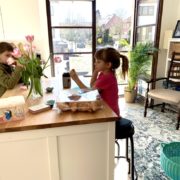 Je Suis Chez Moi
Je Suis Chez Moi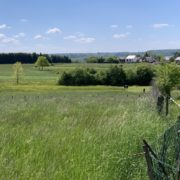 Family Ties in Toernich
Family Ties in Toernich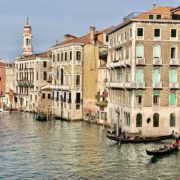 Masking in Venice
Masking in Venice